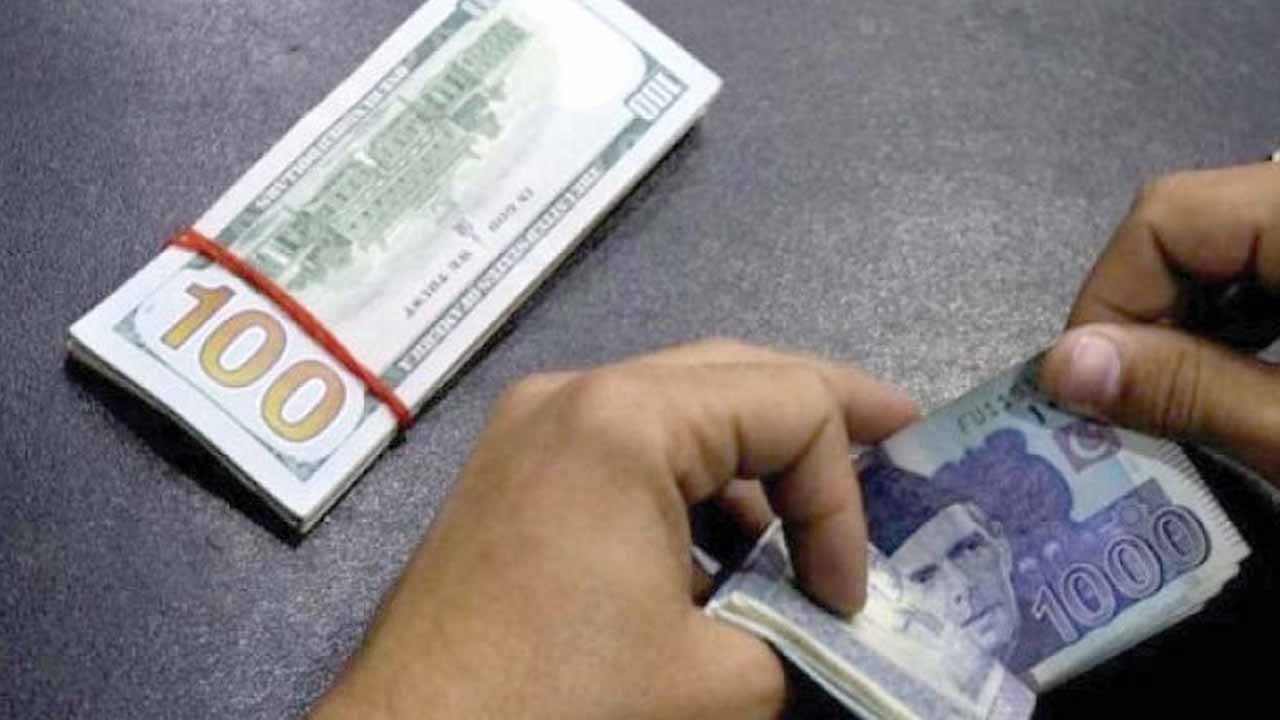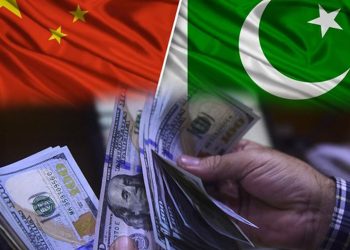The Pakistani rupee depreciated somewhat against the US dollar during the early hours of trading in the interbank market on Tuesday.
Around 11 a.m., the rupee was trading at 286.37, down Re0.18.
On Monday, the rupee fell for the second consecutive day, finishing at 286.19, or 0.18% down against the US dollar in the interbank market.
In a significant milestone, the Pakistani government released some details of the fiscal year 2023-24 budget with the International Monetary Fund (IMF). Esther Perez Ruiz, the IMF’s Resident Representative in Pakistan, verified this in response to the inquiry.
She noted that the IMF team is looking forward to continuing negotiations to find spending and tax reforms that can improve debt sustainability prospects while expanding social investment.
Separately, Prime Minister Shehbaz Sharif told Anadolu News Agency on Monday that he is “very hopeful” that a deal with the IMF will be completed this month.
“We remain optimistic that the IMF programme will be implemented.” Our ninth IMF review will match all terms and circumstances, and we hope to receive some good news this month.”
Internationally, the US dollar remained considerably below last week’s two-and-a-half-month highs on Tuesday, as surprisingly weak US services data firmed up expectations for a rate pause at the Federal Reserve’s meeting next week but complicated the policy outlook for the months ahead.
The US dollar index, which measures the currency against six major peers, was unchanged at 104.00, following a wobbly few days that saw it soar to a two-and-a-half-month high of 104.70 on the last day of May, only to be pushed back by Fed officials’ comments that they would forego a rate hike in June.
Oil prices, a crucial measure of currency parity, fell early on Tuesday, reversing previous day gains, as concerns about the global economic backdrop exceeded supply fears raised by Saudi Arabia’s announcement of its largest output cut in years.






